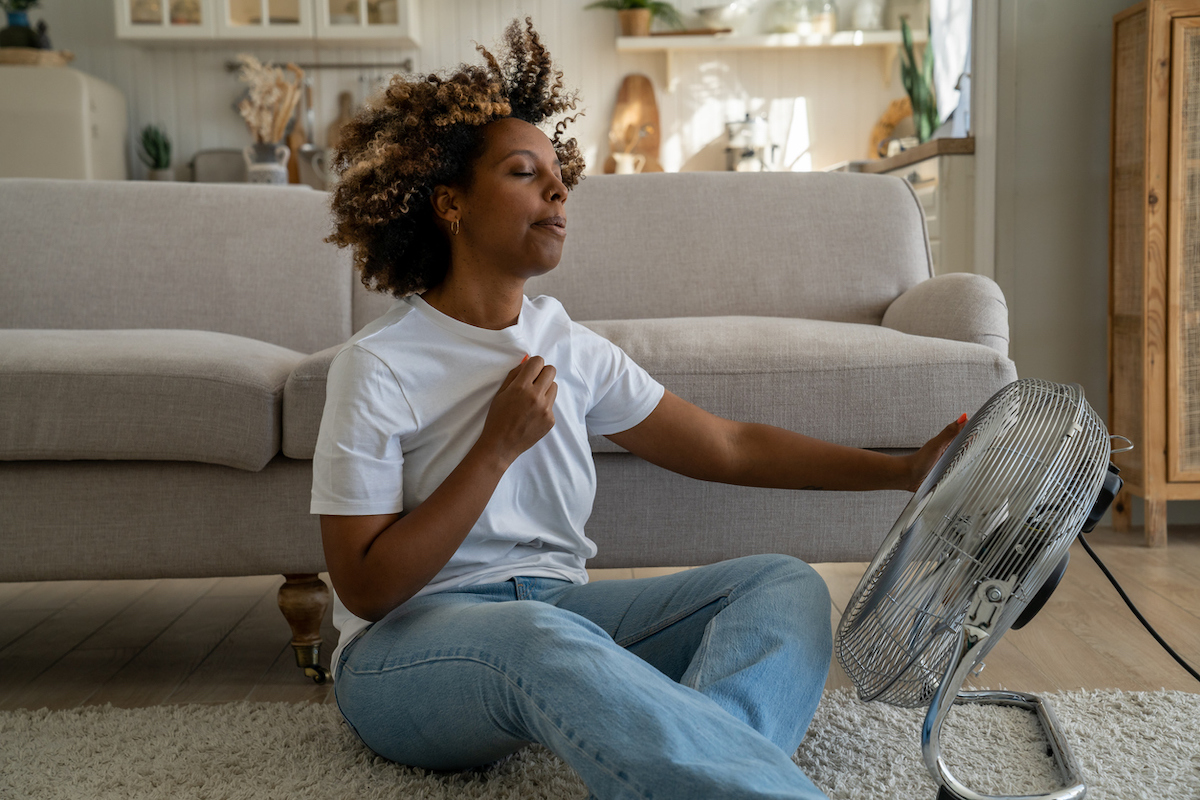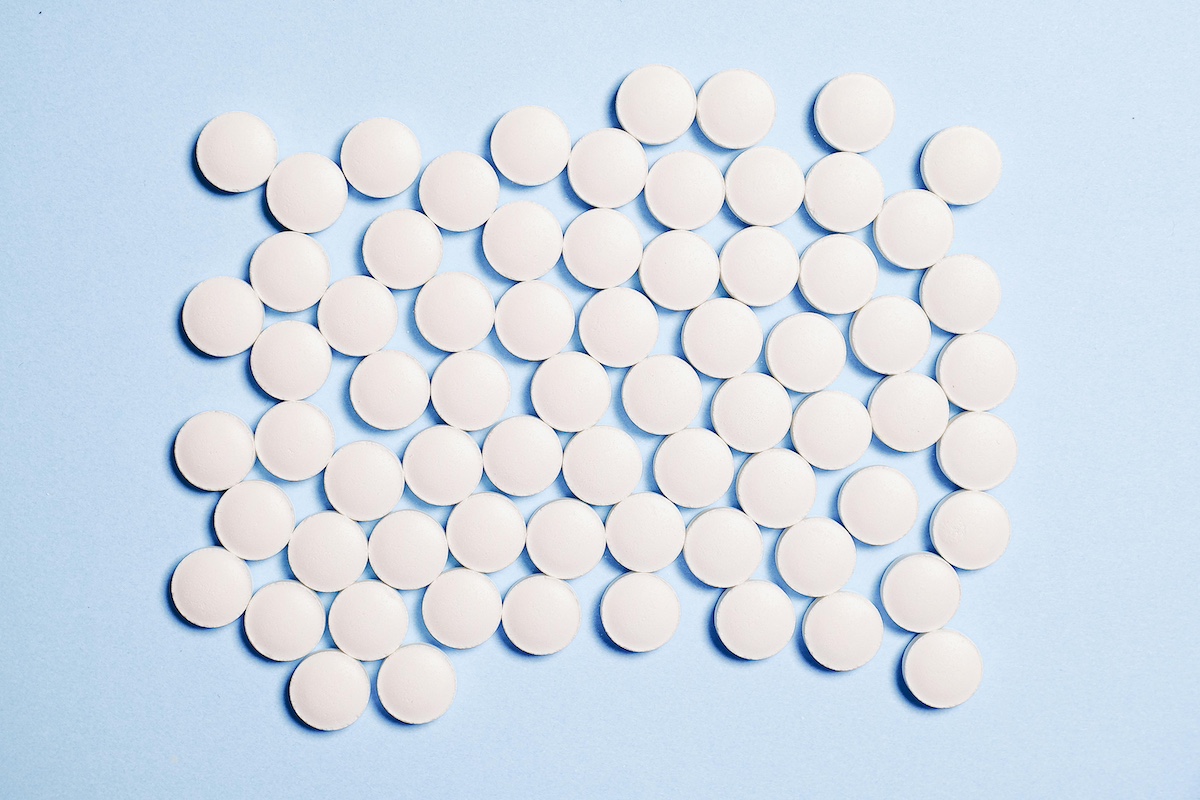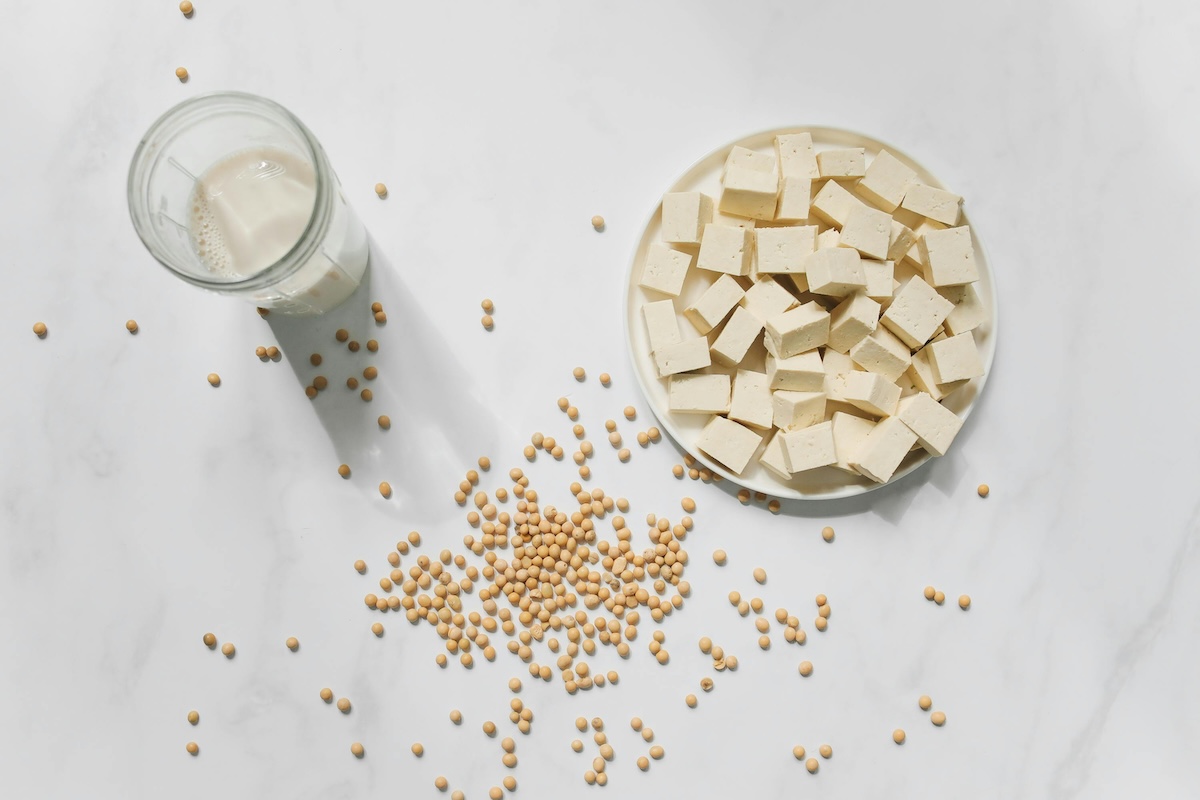If you have ever experienced a hot flush or night sweats, you can recognize the sensation immediately. The feeling of intense heat that feels like it emanates from your core like a wave spreading to the tips of your toes and crown of your head. Beads of sweat springing up on your forehead, upper lip, and the back of your neck. The air around you feels stale and suffocating, and you have the irrational desire to tear all your clothes off in an attempt to cool off.
Then, just as quickly as it came, it is gone. You are left with damp hair and damp clothes (or sheets, if you are in bed), oftentimes feeling a little chilly, reaching for a sweater or extra blanket.
Many women experience hot flushes and night sweats — collectively called vasomotor symptoms, or VMS, in the medical literature — for the first time after delivering a baby. Next they crop up around our periods in the late-reproductive stage. And VMS are the stereotypical symptoms of perimenopause. For most women they disappear a few years after menopause, though for others VMS continue for 10 years or more after menopause.
But what are VMS? Why do we have them? And what can we do to minimize their impact on our daily functioning? That is what we are going to talk about here.
What are vasomotor symptoms?
Let’s start with a quick biology lesson on how body temperature is regulated. Our bodies are great at keeping to a relatively stable temperature. Typically we humans have a core temperature between 95.5° and 99.9°F. In each person, core body temperature doesn’t vary much from day to day.
A part of our brain called the hypothalamus senses our core temperature. If our core temperature is too hot, the hypothalamus sends signals to cool the body by dilating our blood vessels and triggering our sweat glands to release sweat. If the hypothalamus senses that our core body temperature is too low, it signals to the body to constrict the blood vessels and shiver to raise the core temperature.
Everyone’s hypothalamus has a slightly different ideal temperature it targets, and a number of factors both internal and external can shift that ideal temperature a fraction of a degree in one direction or the other. Our reproductive hormones are just one of those internal factors acting on the hypothalamus. You may have used this relationship of hormones to core body temperature to track ovulation. Our core temperature is about 0.5 degrees higher between ovulation and our period than it is early in our menstrual cycle before we ovulate.
Estrogen binds to receptors in the hypothalamus and dampens the hypothalamic response to small shifts in core body temperature. When estrogen levels are dropping, the hypothalamus becomes especially sensitive. The already narrow window of ideal body temperature becomes even smaller.
A tiny increase in our core temperature triggers an outsize response from the hypothalamus. We experience this as flushing (our blood vessels dilating) and sweating — a hot flush during the day or a night sweat if we are in bed. Then our core body temperature falls, and if it falls too much — perhaps because we are lying in cold, damp sheets — we will then feel freezing.
Who has vasomotor symptoms?
The short answer, nearly all of us!
We can experience VMS anytime our estrogen levels drop precipitously, including after pregnancy, just before our period, and throughout perimenopause. They are very common. The Study of Women’s Health Across the Nation has followed study participants for more than 25 years and found that 80% of women experience VMS during the menopausal transition.
How often VMS occur varies across women and across time. On average, women experience VMS for eight years during the menopausal transition, with ebb and flow in severity across that time. Women who experience VMS earlier in their menopausal transition typically experience VMS for longer.
Black women are more likely to have vasomotor symptoms compared with women of other races. And their symptoms tend to start earlier, be more severe, and last longer. Asian women are least likely to have VMS compared with women of other races.
What treatments help with vasomotor symptoms?
VMS can have a significant impact on women’s functioning. They are a problem during the day and disrupt sleep at night. For many women, treatment leads to a substantial increase in quality of life.
Estrogen is the first-line treatment for VMS. In a meta-analysis of more than 3,000 women, estrogen reduced VMS by 75% compared with placebo. Estrogen can be given as pills, patches, or gels. My patients often report relief within days.
For women with a uterus, estrogen should always be given with progesterone. Progesterone can be given in combination with estrogen in a pill or patch, as a separate pill, or in a progestin-eluting IUD (like Mirena).
Patients frequently ask about bioidentical compounded creams as a way to administer estrogen and progesterone. I do not typically recommend this option due to concerns about quality control and cost.
Some women cannot take estrogen because of medical problems such as a personal history of breast cancer or blood clots. Some women prefer to avoid estrogen because of a family history of breast cancer, for example. There are a number of non-hormonal options for treating VMS.
A meta-analysis of non-hormonal treatments show that gabapentin, venlafaxine (Effexor), desvenlafaxine (Pristiq), escitalopram (Lexapro), and citalopram (Celexa) all showed a modest decrease in VMS compared with placebo.
Last year, the FDA approved Veozah. It is the only medication that is specifically indicated for treating VMS and is safe for women who cannot safely take estrogen. Veozah acts on the hypothalamus in the same way estrogen does, by blocking a receptor that helps to regulate core body temperature.
Clinical trials of Veozah showed that it reduces VMS by about 69%. Although there was a strong placebo effect in the trial, the difference between the placebo group and the Veozah group was statistically significant. Improvement in symptoms can be seen in the first week of treatment.
Many of my patients ask about options other than medications. They are not alone; we know that upward of 75% of women will try alternative therapies for hot flushes.
While acupuncture, evening primrose oil, and exercise have all been shown to be ineffective for managing VMS, evidence for supplements like black cohosh, soy and other isoflavone-containing foods, and alternative treatments such as cognitive behavioral therapy for VMS is lacking, and the data we do have is mixed. We really need more and better studies to understand which of these options might be helpful in managing VMS.
Bottom line
- Vasomotor symptoms are very common: about 80% of women experience them during the menopausal transition.
- VMS are caused by a lack of estrogen acting on the hypothalamus that leads to core body temperature dysregulation.
- Estrogen is still the most effective treatment for VMS, but the new medication Veozah is a safe, effective option for women who cannot take estrogen.

















Log in